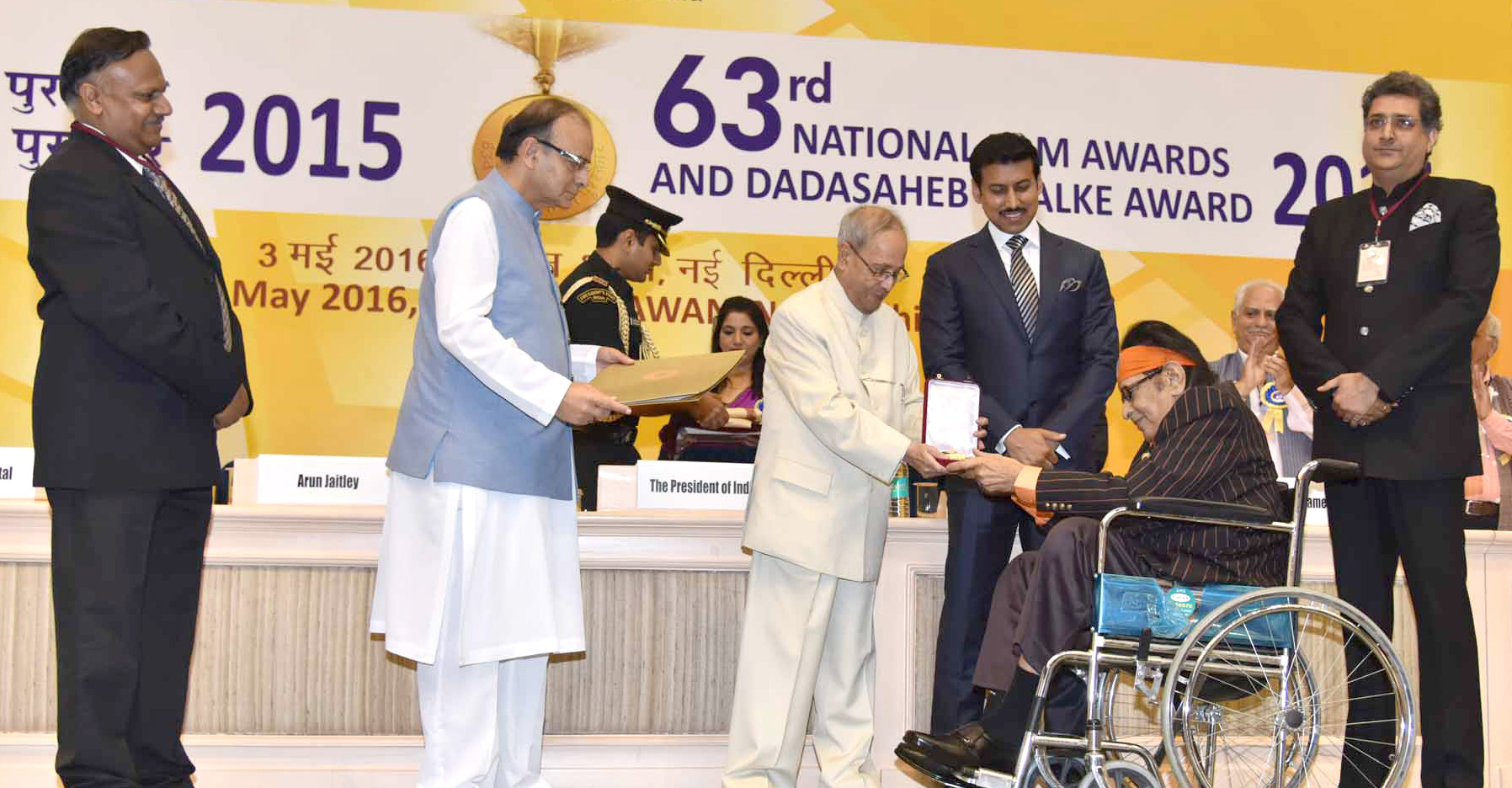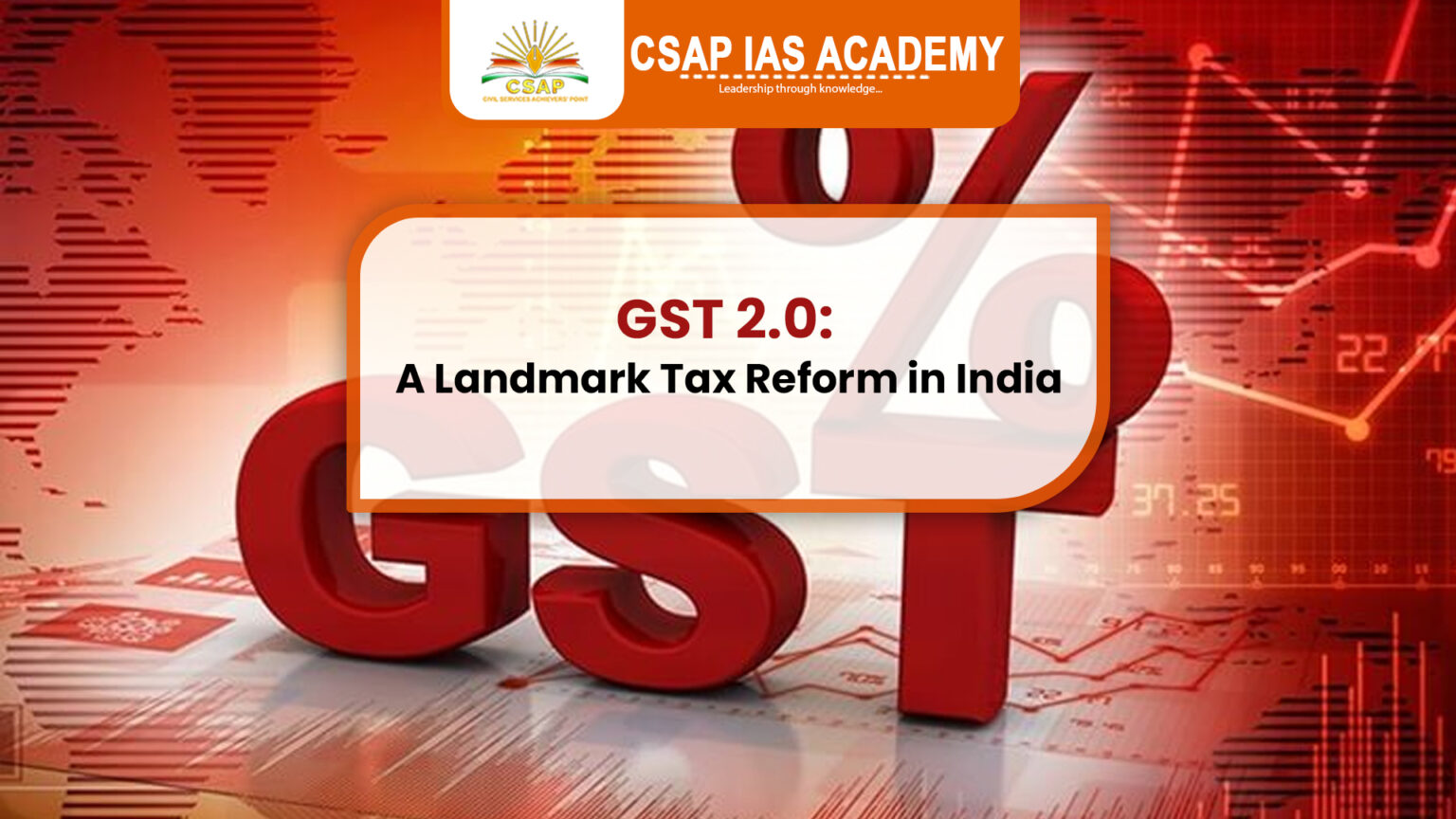The passing of veteran actor and filmmaker Manoj Kumar at the age of 87 marks the end of a significant chapter in the history of Indian cinema. Known popularly as “Bharat Kumar,” Manoj Kumar was a pioneering figure who shaped the narrative of patriotic cinema in India. His work in the 1960s and 70s resonated deeply with the socio-political mood of a newly independent nation, and his legacy remains etched in the cultural consciousness of India.
Cinematic Contributions and Thematic Focus
Manoj Kumar’s cinema was rooted in themes of nationalism, social justice, and cultural pride. He rose to prominence with the 1965 film Shaheed, in which he portrayed the revolutionary Bhagat Singh. The film not only marked a turning point in his career but also established him as a serious actor capable of embodying the spirit of national struggle. His performance captured the imagination of a generation still coming to terms with the legacy of colonialism.
In 1967, Upkar was released — a film inspired by Prime Minister Lal Bahadur Shastri’s slogan “Jai Jawan Jai Kisan.” Manoj Kumar wrote, directed, and acted in the film, which focused on the dual role of soldiers and farmers in the nation’s development. The film struck a chord with the masses and received the National Film Award. Upkar was more than a cinematic success; it was a cultural phenomenon that solidified his image as a symbol of patriotism.
His subsequent films, including Purab Aur Paschim (1970), Roti Kapda Aur Makaan (1974), and Kranti (1981), further developed his vision of cinema as a medium of social and moral instruction. In Purab Aur Paschim, he examined the contrast between Indian values and Western modernity. Roti Kapda Aur Makaan tackled unemployment, poverty, and the erosion of dignity — issues that continue to hold relevance. Kranti was a historical epic that narrated the story of India’s freedom movement, reaffirming his commitment to patriotic storytelling.
Narrative Style and Public Appeal of Manoj Kumar
Manoj Kumar’s storytelling combined strong emotional appeal with social realism. His characters were often idealistic, morally upright, and deeply committed to the nation. His films were known for powerful dialogues, memorable songs, and stirring performances. Despite tackling serious themes, his movies maintained mass appeal, demonstrating that cinema could be both entertaining and enlightening.
His use of symbolism and imagery often conveyed deeper meanings. For example, in Upkar, the image of a farmer tilling the land and a soldier guarding the border was used to depict the foundation of national strength. His films avoided cynicism, instead offering hope and moral clarity. This approach made him particularly popular among the middle class, who saw in his characters a reflection of their own aspirations and ideals.
Recognition and Legacy

Manoj Kumar received several prestigious awards for his contributions to Indian cinema. He was conferred the Padma Shri in 1992 and the Dadasaheb Phalke Award in 2016 — the highest honor in Indian cinema. His influence extended beyond the screen, as his work often intersected with the political and social discourse of the time. Leaders across the political spectrum, including Prime Minister Narendra Modi, acknowledged his role in nurturing national pride through cinema.
Even as Indian cinema evolved over the decades, Manoj Kumar’s legacy remained intact. He carved a distinct identity as a filmmaker who used the medium not merely for entertainment but as a tool to instill values and spark reflection. His unique combination of artistic expression and patriotic messaging set a template for future generations of filmmakers.
Relevance in the Contemporary Context
The themes explored in Manoj Kumar’s films continue to resonate in the present day. Issues such as rural distress, youth alienation, moral decline, and national identity are as relevant today as they were in the 1970s. His emphasis on the dignity of labor, the importance of cultural roots, and the need for collective responsibility offer enduring lessons.
In the context of civil services preparation, Manoj Kumar’s work is relevant to multiple areas — from ethics and integrity to Indian society, governance, and the role of media in nation-building. His life’s work serves as a case study in how popular culture can shape public discourse and reflect the socio-political ethos of an era.
Conclusion
Manoj Kumar was more than an actor or director; he was a cultural icon who used cinema as a vehicle for patriotic expression and social commentary. At a time when India was still defining its national identity, he offered stories that celebrated its heritage, highlighted its struggles, and envisioned its future. His passing marks the end of a golden chapter, but his legacy will continue to inspire.
Read: US-China Trade Wars
Download App:







